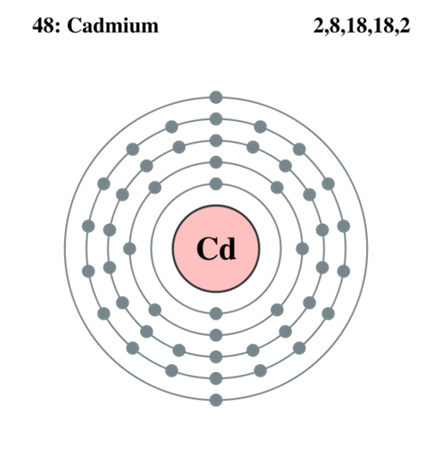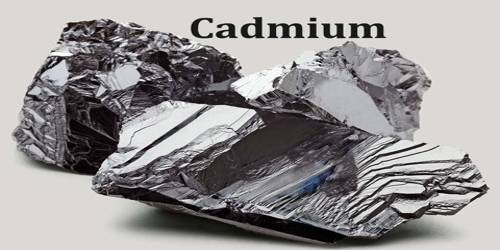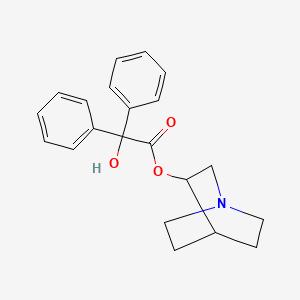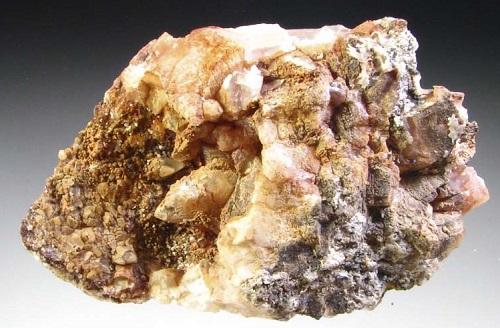Toxicity of Cadmium
Discovered in 1817 as an impurity in calamine (zinc carbonate) by Friedrich Stromeyer and Karl Samuel Leberecht Hermann while working independently, cadmium exists in abundance of w0.1 ppm in the Earth’s crust.
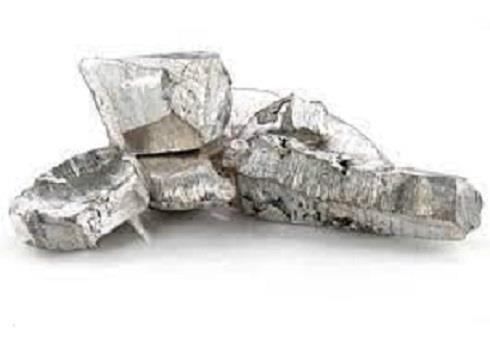
Uses
Cadmium is primarily used for electroplating and galvanizing other metals because it is relatively resistant to corrosion. It is also used in electrical contacts, in soldering alloys, in nickel– cadmium storage batteries, in television phosphors, and as a stabilizer for polyvinyl chloride. Given its brilliant orange color, it has been used extensively as a pigment in paints, plasters, and plastics. Cadmium is also a by-product of zinc, lead, and copper mining and smelting. It is also frequently used in jewelry and toys as a cheap metal alternative.
Environmental Fate
As indicated in the Exposure and Exposure Monitoring section, cadmium is widely distributed in the environment from a variety of natural and anthropogenic sources. Cadmium emitted into the air is often found bound to small particulates and can travel with these particulates over long distances.
As a result, cadmium can remain in the atmosphere for long periods of time until it is deposited by gravitational settling or in rain and snow. Cadmium tends to be more mobile in water than other heavy metals although it will complex with humic substances and can precipitate out under certain conditions. Cadmium can bioaccumulate in aquatic organisms; the degree of accumulation is associated with the pH and humic content of the water. It can also bioaccumulate in plants and in the animals that feed on these plants; for example, cattle and wildlife. However, terrestrial bioaccumulation is much lower than that in water and cadmium concentrations at the top of the terrestrial food chain are not much higher than those at the lower end of the chain.
Mechanism of Toxicity
Cadmium inhibits plasma membrane calcium channels and Ca2þ-ATPases. It also inhibits repair of DNA damaged by various chemicals, an effect which is believed to be associated with the induction of tumors. Although cadmium forms a metallothionein, the preformed cadmium metallothionein is nephrotoxic (toxic to the kidneys); it is suggested that effects occur when, at some stage in the kidney, the cadmium is dissociated from the metallothionein. In Itai-Itai disease (see Human under Chronic Toxicity section), patients were found to have chromosome abnormalities.
Cadmium has an affinity for sulfhydryl groups, and hence
can inhibit enzymes; however, cells treated with cadmium
showed proliferation of peroxisomes, which contain catalase,
an enzyme. It appears that cadmium at first inhibits catalase
activity and then, after a time, enhances that activity. In addition,
cadmium inhibits enzymes involved in gluconeogenesis
(the generation of glycogen for energy production from noncarbohydrate
precursors). It also inhibits oxidative phosphorylation
(energy production) and depresses trypsin inhibitor
capacity.

